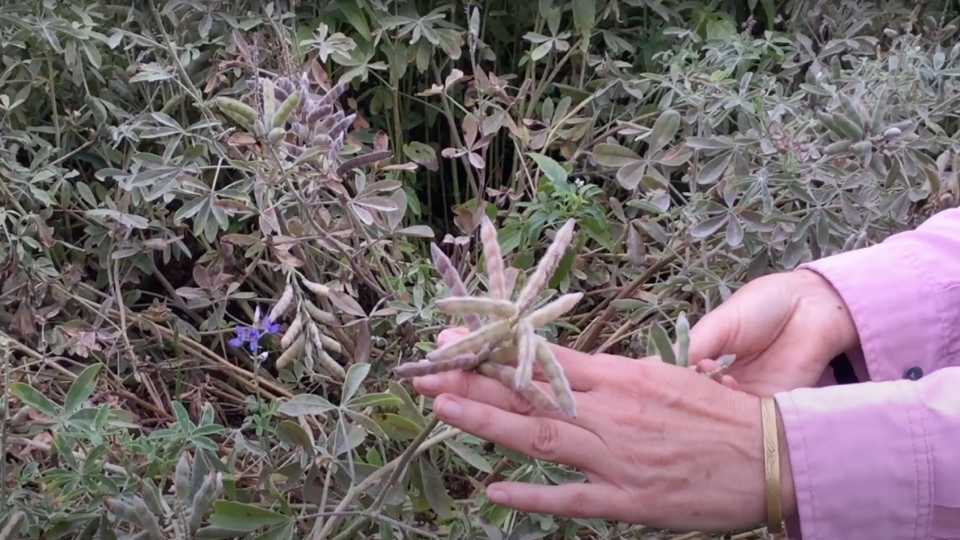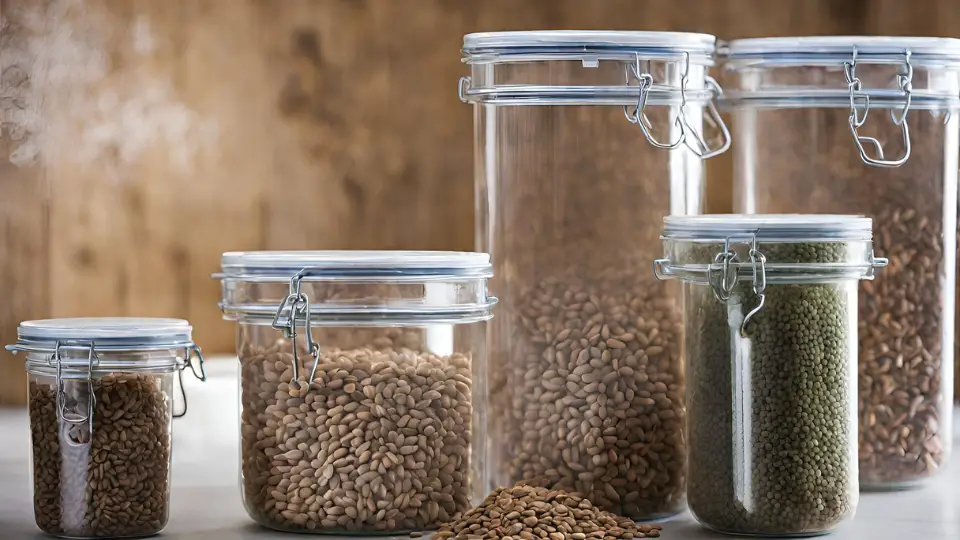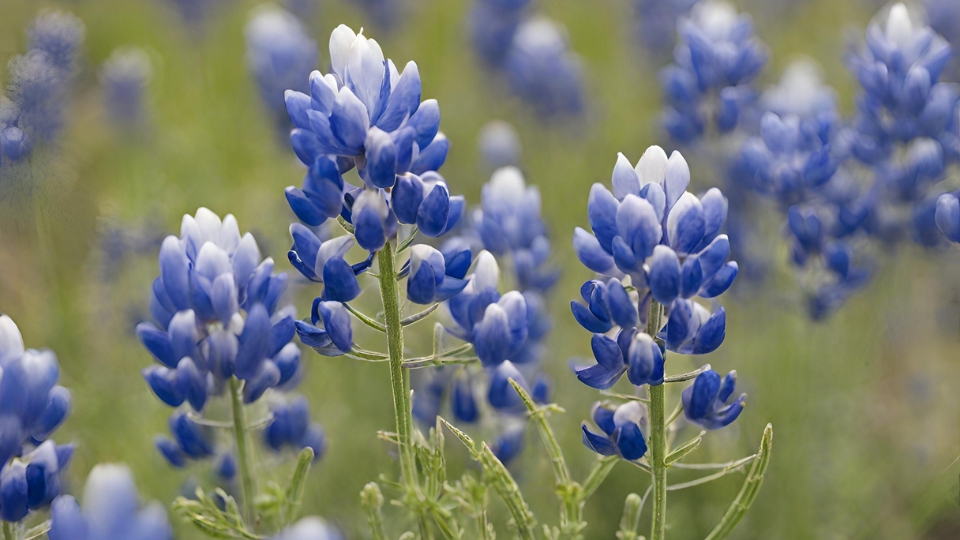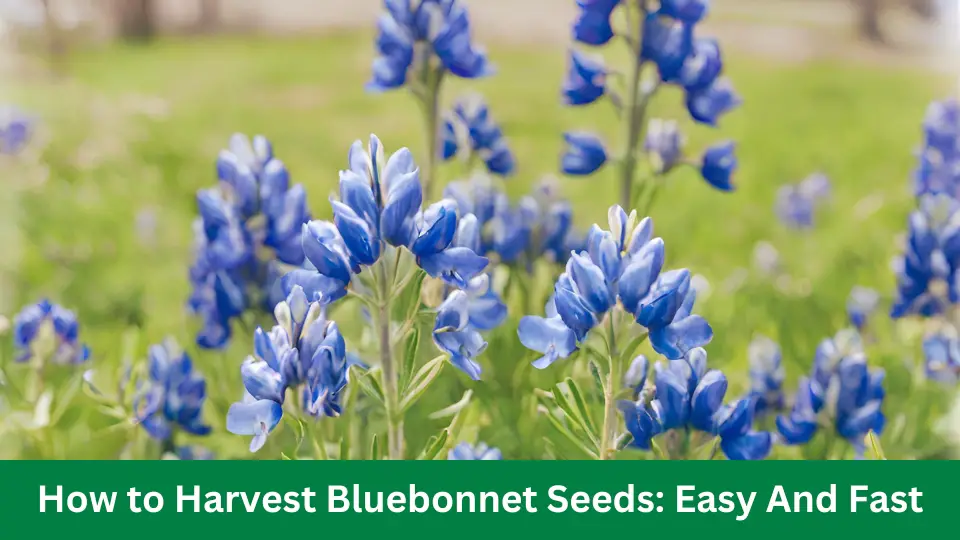To harvest bluebonnet seeds, wait until the seed pods turn brown, then collect the pods and remove the seeds. Dry the seeds for a week before storing them in a cool, dry place.
Harvesting bluebonnet seeds is a simple and rewarding process that allows you to save and share these beautiful wildflowers. The iconic bluebonnet, a symbol of Texas, produces seeds that can be collected to be replanted or shared with others. You can harvest bluebonnet seeds easily and quickly by following these simple steps.
In this guide, we will walk you through harvesting bluebonnet seeds. We will provide you with the knowledge and confidence to collect and preserve these iconic wildflower seeds for future growth and enjoyment.
Harvesting Bluebonnet Seeds Simplified

Harvesting bluebonnet seeds might sound challenging, but with the proper techniques, it can be simplified to ensure a successful yield. Proper timing, seed maturation identification, and weather considerations are critical when harvesting bluebonnet seeds. Let’s explore the importance of each one.
Importance Of Proper Timing
Proper timing is crucial when harvesting bluebonnet seeds. Waiting until the seeds mature ensures the most viable seeds for future planting. Harvesting too early can lower germination rates and cause poor seed viability. Therefore, monitoring the seeds’ development and timing the harvest accordingly is essential.
Identification Of Seed Maturation
Identifying seed maturation is a crucial step in harvesting bluebonnet seeds. Mature bluebonnet seeds often have a hard outer shell that has turned brown, and the pods will be dry and easily split open. Ensuring the roots have reached this stage of development before harvesting will guarantee a higher success rate during germination and future growth.
Weather Considerations
Weather considerations play a significant role in harvesting. It’s crucial to choose a dry and sunny day for harvesting bluebonnet seeds, as damp or humid conditions can lead to mold and rot, reducing the quality of the seeds. Harvesting under the right weather conditions preserves seeds’ integrity, ensuring their viability for future planting.
Pre-harvest Preparation
Preparing for the bluebonnet seed harvest is crucial to ensuring a successful and efficient process. Pre-harvest preparation involves selecting the healthiest plants, labeling them for organization, and gathering the necessary tools. These initial steps lay the foundation for a smooth and productive seed-harvesting process.
Selecting The Healthiest Plants
Before harvest, it’s essential to identify the healthiest bluebonnet plants in the field. Look for plants with vibrant green foliage, sturdy stems, and well-developed flowers. By selecting the healthiest specimens, you increase the likelihood of high-quality seeds for propagation.
Labeling For Organization
Organizing harvested seeds is crucial for identification and use. Before harvesting, labeling each plant with a designated marker or tag is essential. This labeling helps track specific plant genetics and ensures seeds can be properly identified and stored for future use.
Gathering Necessary Tools
Before heading out to the field, gather all the necessary tools for harvesting. Essential tools include sharp pruning scissors, small bags or containers for collecting seeds, and a notebook for recording observations. These tools will streamline harvesting, allowing for efficient and precise bluebonnet seed collection.
Steps To Harvest Bluebonnet Seeds
Wait until the pods turn brown and rattle on the plant to harvest bluebonnet seeds. Once mature, pick the pods and lay them out to dry for several weeks. Once dried, gently crack open the pods and remove the seeds, then store them in a cool, dry place for next season’s planting.
Approaching The Bluebonnet Plants
When approaching bluebonnet plants for seed harvesting, it is essential to do so with care and consideration. Begin by identifying plants bearing mature seed pods. Look for fully mature bluebonnet plants with dried seed pods. Pluck the pods when they are dry but before they split open to prevent seed loss.
Techniques For Collection
Once the mature seed pods are identified, use sharp scissors or pruning shears to cut the pods from the plant carefully. Exercise caution to avoid damaging the plant or nearby buds.
Minimizing Seed Loss
Place a container or bag under the pods when cutting them to minimize seed loss and ensure successful collection. This will catch any seeds that spill during harvesting. Handle seed pods gently to prevent premature seed dispersal.
- Use sharp scissors or pruning shears to cut mature seed pods from the plant carefully.
- Place a container or bag under the pods to catch spilled seeds for minimal loss.
- Handle the seed pods gently to prevent premature dispersal of the seeds.
Storing Bluebonnet Seeds Effectively
After successfully harvesting bluebonnet seeds, storing them effectively is crucial to maintaining their viability and ensuring successful future propagation. Keeping bluebonnet seeds requires attention to environmental conditions, appropriate containers, labeling methods, and understanding their duration and viability. Here’s a comprehensive guide to storing bluebonnet seeds to maintain quality and maximize future growth.

Environmental Conditions For Storage
Storing bluebonnet seeds requires understanding their environmental requirements to maintain their viability. To achieve this, ensure the storage area maintains a cool and dry environment with temperatures around 40–50°F and low humidity levels. Excessive heat and moisture can significantly reduce seed viability, so storing them in a place with adequate air circulation and pest protection is crucial.
Containers And Labeling Methods
Seed storage requires appropriate containers. Choose airtight containers such as glass jars or resealable plastic bags to prevent moisture and insect infestation. Additionally, label each container with the seed variety, harvest date, and any other relevant information using waterproof markers to avoid confusion during future use.
Duration And Viability
Understanding bluebonnet seeds’ duration and viability is crucial for efficient storage. Bluebonnet seeds remain viable for 2–3 years when stored optimally. Monitor the stored sources for mold or mildew. If necessary, replace the containers or discard any damaged seeds to maintain maximum viability for future use.
Tips For Fast Seed Harvesting
When it comes to harvesting bluebonnet seeds, efficiency is essential. You can significantly speed up the seed harvesting process by employing the proper techniques and equipment without compromising quality. This section will explore tips for fast seed harvesting, including efficient methods, quality maintenance, and time-saving equipment choices.
Efficient Harvesting Methods
To maximize your seed-harvesting efficiency, consider the following proven methods:
- Hand picking: Carefully handpick the ripe seed pods to ensure you only collect mature seeds, increasing the overall yield.
- Brushing: Gently brushing the seed pods can help release mature seeds while leaving immature ones for future harvests.
- Shaking: Lightly shaking the seed pods can assist in dislodging the seeds, making the process faster and more effective.
Maintaining Seed Quality
Ensuring the quality of harvested bluebonnet seeds is essential for successful propagation. Here are some tips for maintaining seed quality:
- Handle with care: Avoid rough handling of the seed pods to prevent damage to the seeds inside.
- Keep them dry: Store the harvested seeds in a cool, dry place to prevent mold and ensure viability.
- Remove debris: Before storage, remove plant debris or foreign materials from the harvested seeds to maintain purity.
Time-saving Equipment Choices
Investing in the right equipment can significantly reduce the time and effort needed for seed harvesting. Some time-saving equipment choices include the following:
| Equipment | Benefits |
|---|---|
| Seed-collecting bags | Hands-free collection while moving through the fields. |
| Seed strippers | Efficiently remove seeds from stalks in large quantities. |
| Portable seed cleaners | Quickly clean harvested seeds from debris and impurities. |
Ensuring Seed Quality And Vitality
Harvesting bluebonnet seeds is just the beginning of the process. Ensuring the quality and vitality of the seeds is crucial for successful germination and healthy plant growth. Proper post-harvest care and selecting healthy seeds can lay the foundation for a thriving bluebonnet planting cycle.

Signs Of Healthy Seeds
When collecting bluebonnet seeds, knowing the signs of healthy seeds is essential to guaranteeing the highest possible germination rates. You can identify healthy seeds by checking for firmness, color, and size. Healthy bluebonnet seeds are typically large, plump, and have a vibrant color. Ensure the sources are not faded, discolored, or damaged, which may indicate poor quality.
Post-harvest Seed Care
Post-harvest care preserves the quality and vitality of bluebonnet seeds. After harvesting, ensure seeds are dehydrated before storage to prevent mold or mildew. Store the seeds in a cool, dry place, ideally in a breathable container to maintain airflow. Keep germs away from direct sunlight and humidity to prevent loss of viability.
Ready For The Next Planting Cycle
By following the steps for post-harvest care and selecting healthy seeds, you can be confident that your bluebonnet seeds are ready for the next planting cycle. Whether you plan to sow the seeds immediately or store them for future use, ensuring seed quality and vitality sets the stage for successful bluebonnet growth. This will provide a beautiful display of vibrant blooms.
Frequently Asked Questions Of How To Harvest Bluebonnet Seeds: Easy And Fast
Do Bluebonnets Have Seed Pods?
Yes, bluebonnets do have seed pods. After blooming, the flowers produce small green pods containing seeds.
Do Texas Bluebonnets Reseed Themselves?
Yes, Texas bluebonnets reseed themselves, effectively ensuring their continued presence in the environment. This natural process helps to perpetuate their growth from one season to the next, creating a beautiful and sustainable floral display.
Should You Freeze Bluebonnet Seeds?
Yes, freezing bluebonnet seeds helps improve germination rates. It breaks seed dormancy, mimicking winter conditions. This aids in successful planting.
Do Bluebonnets Grow Fast?
Yes, bluebonnets overgrow due to their quick germination and fast growth rate in the right conditions. They typically reach full bloom within a few weeks. Proper soil, sunlight, and water help bluebonnets thrive and expand quickly.
Conclusion
Harvesting bluebonnet seeds is a simple process that can be done with ease. Following the steps outlined in this guide, you can successfully gather and preserve these beautiful wildflowers for future planting. By incorporating these tips into your gardening routine, you can enjoy the beauty of bluebonnets for years to come.



